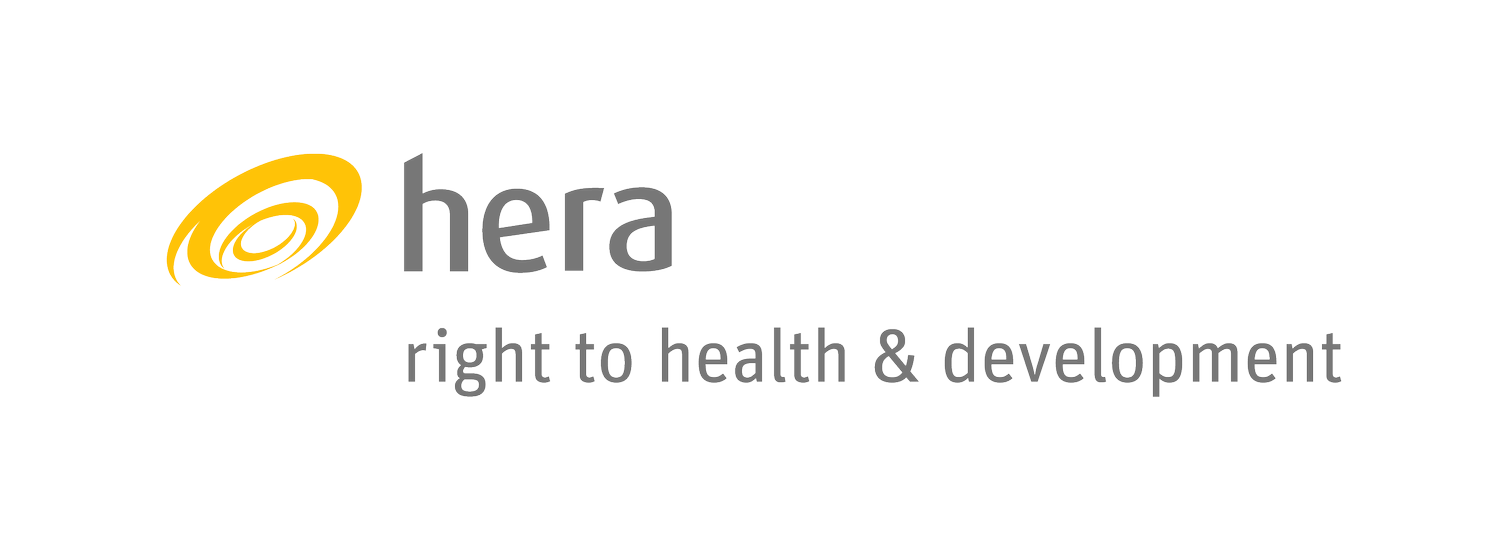Enhancing access to HIV testing and treatment: Embracing community leadership
As we observe World AIDS Day 2023, hera embraces the global theme "Let Communities Lead," recognizing the transformative role that communities play in combating HIV. In all of our HIV-related work, we are guided by our collective commitment to the right to health and development for all, and more specifically, a belief that communities are at the heart of an effective HIV response.
Our recent collaboration with the Global Fund for two studies (one on HIV testing and another on treatment in various countries) highlights the diverse challenges and progress being made across countries. In 2022, we assessed the implementation of WHO-recommended HIV testing strategies and the coverage of differentiated HIV testing services. The goal was to understand how national policies align with WHO guidance, the effectiveness of HIV testing in leading to linkage to onward services, and the documentation of monitoring systems for treatment interruption, discontinuation, and return to care. The review of 21 countries revealed varying HIV prevalences, incidences, and achievements toward the UN 95-95-95 targets. The 95-95-95 strategy is a set of ambitious targets calling for 95% of all people living with HIV to know their HIV status, 95% of all people with diagnosed HIV infection to receive sustained antiretroviral therapy, and 95% of all people receiving antiretroviral therapy to have viral suppression by 2025. Overall, the work highlighted the challenges in reaching key populations and the impact of COVID-19 on programme implementation.
The review of HIV treatment and care strategies aimed to evaluate the implementation of WHO-recommended HIV treatment and care strategies, understand the quality and scope of differentiated HIV treatment services, and make applicable recommendations. The team looked at 21 countries and found variations in HIV prevalence, incidence, and treatment success rates. COVID-19 clearly impacted programs, and there were notable disparities in treatment access for key populations and adolescent girls and young women.
Key findings in both studies showed that reaching vulnerable populations, such as sex workers, men who have sex with men, and people who inject drugs, remains a challenge in many regions. These disparities underline the critical need for community-centered approaches in aligning national policies with WHO guidelines.
The treatment landscape also shows stark differences in HIV prevalence and incidence, underscoring the importance of community involvement in achieving the 95-95-95 campaign goals. Innovative service delivery models in Ghana and Myanmar, where there was a scaling up of service delivery in high-burden regions demonstrated the power of community-led initiatives in improving treatment adherence and outcomes. Advancements in HIV viral load monitoring in Cuba were another highlight that clearly shows the impact of technological and systemic improvements driven by community engagement.
This World AIDS Day, as we reflect on the theme "Let Communities Lead," we reaffirm our commitment to supporting global and grassroots community-led efforts in the fight against HIV. We recognize the indispensable role of communities in providing tailored, compassionate care and in leading the way towards ending the epidemic.
We are proud to join the global call for community leadership in shaping a future free from HIV.
Please contact us to learn more about these studies.
(Image created by Dalle-e)
